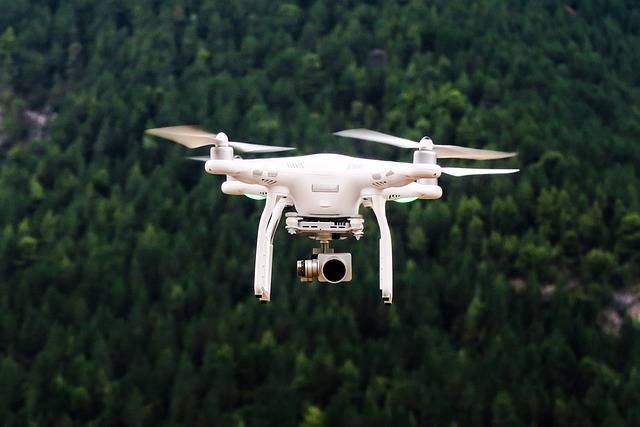The realm of large drone technology has witnessed unprecedented growth over the past few years, reshaping industries and enabling new opportunities for innovation. Large drones, often characterized by their substantial size and advanced capabilities, are enhancing various sectors such as agriculture, infrastructure, and entertainment. As we explore the expansive wonders of these aerial giants, it’s crucial to delve into their multifaceted applications and technological advancements that mark a significant leap forward in the drone industry.
Agricultural Revolution with Drones
One of the most transformative impacts of large drones can be observed in agriculture. Equipped with advanced sensors and imaging technology, these drones can cover vast areas much more efficiently than traditional methods. Farmers are using drones to monitor crop health, soil conditions, and pest activity, thereby optimizing resources and improving yield. Furthermore, drones can provide valuable data for precision agriculture, enabling more targeted interventions that help in maintaining sustainable farming practices.
Infrastructure and Inspection
Large drones are also becoming indispensable tools in the infrastructure sector. Their ability to access hard-to-reach areas without the need for scaffolding or cranes represents a game-changer for inspection and maintenance tasks. With high-resolution cameras and thermal sensors, drones can perform detailed inspections of bridges, towers, and pipelines, effectively reducing the risk to human workers and lowering operational costs. This technological breakthrough allows for regular and thorough assessments, ensuring the longevity and safety of crucial infrastructures.
Entertainment and Filmmaking
The film and entertainment industry has also embraced the capabilities of large drones. Aerial cinematography has become increasingly popular, with drones providing breathtaking perspectives and dynamic shots that were once challenging to achieve. Large drone technology enables filmmakers to capture scenes with precision and creativity, taking viewers on immersive journeys that span stunning landscapes and thrilling action sequences.
Challenges and Innovations
Despite their advantages, large drones face certain challenges, including regulatory restrictions and technical hurdles. Ensuring safe navigation in populated or sensitive areas requires sophisticated systems and adherence to aviation laws. Innovative solutions such as improved battery life and enhanced GPS accuracy are constantly being developed to address these issues. As the industry evolves, collaborations between tech developers and regulatory bodies are crucial to unlocking the full potential of large drones.
Moreover, advances in AI and machine learning are paving the way for drones to become more autonomous, reducing the need for manual control and allowing for more complex missions. These enhancements also promote increased efficiency and precision, further establishing large drones as vital components in modern technological ecosystems.

FAQs
What are the main advantages of using large drones over smaller ones?
The main advantages include greater payload capacity, longer flight duration, and more robust sensor technology, which allow large drones to perform tasks that smaller drones cannot effectively undertake.
How are large drones impacting environmental monitoring?
Large drones are crucial for environmental monitoring as they can access remote areas and collect detailed data on factors such as deforestation, wildlife populations, and climate patterns.
Are large drones cost-effective for commercial use?
Yes, despite their higher initial costs, large drones can significantly reduce long-term operational expenses through enhanced efficiency and by minimizing the need for human intervention in various tasks.